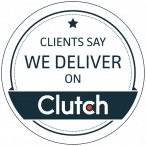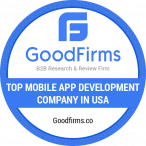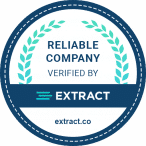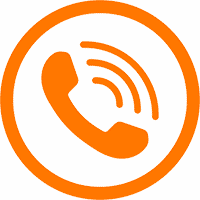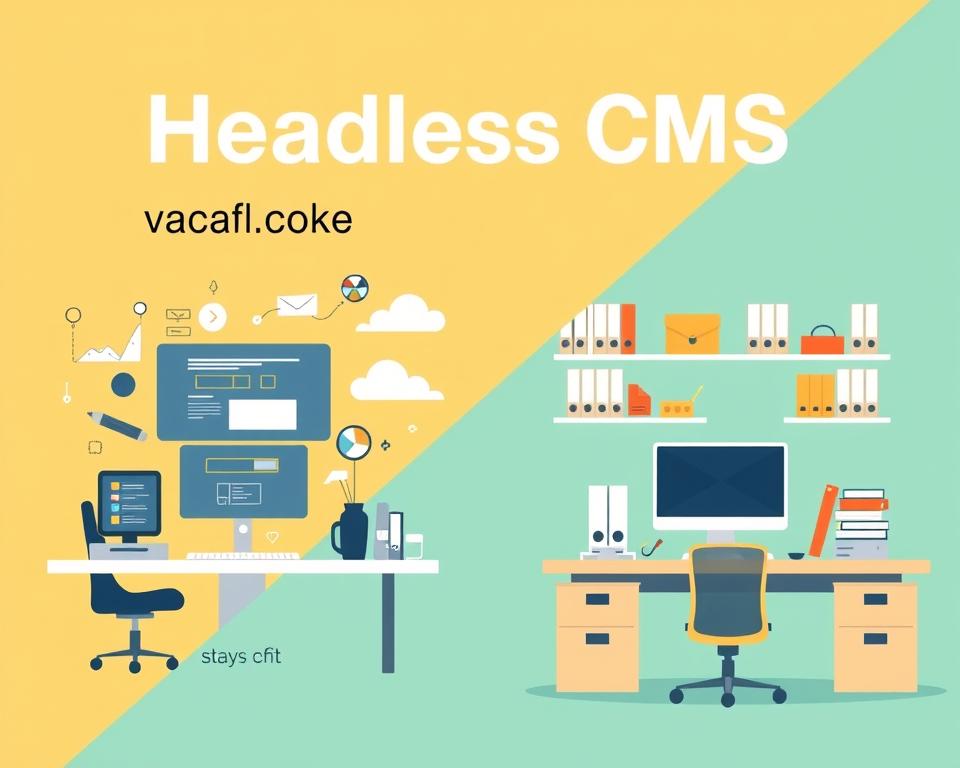A content management system is key for managing and publishing digital content. With the rise of headless CMS and traditional CMS, picking the right one can be tough. Headless CMS offers flexibility and scalability. Traditional CMS gives you a full platform for managing content.
When deciding between a headless CMS and a traditional CMS, think about what you need. Traditional CMS is great for simple sites and blogs. Headless CMS is better for complex apps and big companies. Knowing the differences will help you choose wisely.
Table of Contents
Key Takeaways
- Understand the basics of content management systems and their evolution
- Learn about the benefits and drawbacks of headless CMS and traditional CMS
- Determine which type of CMS is best for your specific needs
- Consider the role of CMS in modern web development
- Explore the technical capabilities and scalability of headless CMS and traditional CMS
- Make an informed decision based on your requirements and goals
Understanding Content Management Systems Basics
A content management system (CMS) is software that helps users manage digital content. Over time, CMS platforms have changed to meet web development needs. It’s key to know about content delivery and the API-first approach in web development.
There are many types of CMS, each with its own strengths and weaknesses. When picking a CMS, look at its content delivery, architecture, and API integration. An API-first approach offers more flexibility and scalability.
Using a CMS can make managing content easier, more efficient, and collaborative. But, it’s important to think about the system’s complexity and the need for technical skills. Knowing CMS basics helps users choose the right one for their web projects.
When comparing CMS, consider these points:
- Content delivery capabilities
- API-first approach
- Scalability and flexibility
- Technical requirements and expertise
By looking at these factors, users can pick a CMS that fits their content management needs. This choice supports their web development projects well.
Traditional CMS: A Comprehensive Overview
Traditional CMS has been key in web development for years. It offers a full platform for making, editing, and managing digital content. It’s important to look at its scalability and security features.
A traditional CMS has many benefits like being easy to use, flexible, and customizable. But, it also has downsides like security risks and scalability issues. To fix these, strong security steps and scalable design are needed.
Some important things to think about with traditional CMS include:
- Checking the CMS’s security features, like how it handles login and access
- Looking at the CMS’s scalability, if it can handle more traffic and data
- Thinking about how customizable and flexible the CMS is
By carefully looking at these points, you can decide if a traditional CMS fits your web needs. This includes its traditional CMS setup and how it affects scalability and security.
Headless CMS: The Modern Approach to Content Management
A headless CMS is a new way to manage content. It’s flexible and grows with your needs. It uses an API-first philosophy for easy integration with other apps and services.
This CMS’s design is modular and can grow. It works well with content delivery networks. This means content gets to users fast, making their experience better.
Key Benefits of Headless CMS
- Flexible and scalable architecture
- API-first approach for seamless integration
- Fast and efficient content delivery through content delivery networks
Developers can build custom apps with a headless CMS. This opens up many possibilities. Plus, using content delivery networks makes content reach users quickly. This improves their experience.
In summary, a headless CMS is a strong tool for managing and delivering content. It’s great for businesses wanting to enhance their online presence.
Headless CMS vs. Traditional CMS: Which One to Choose?
Choosing a content management system (CMS) involves several key factors. A detailed comparison of CMS types is crucial to find the best fit for your needs. We will explore the technical capabilities of headless CMS and traditional CMS, highlighting their differences and similarities.
Consider the technical capabilities of each CMS type. Headless CMS offers flexibility and scalability, perfect for large projects. Traditional CMS, however, is simpler and better for smaller tasks.
Technical Capabilities Comparison
Headless CMS outshines traditional CMS in technical capabilities. It has a robust and flexible architecture, ideal for developers who need customization. This makes it great for integrating with various tools and services.
Content Management Workflows
Content management workflows are also important. Traditional CMS has a linear workflow, while headless CMS is more flexible. This flexibility allows developers to create custom workflows that suit their needs.
In conclusion, the choice between headless CMS and traditional CMS depends on your needs. Think about technical capabilities, content management workflows, and development flexibility. This will help you make a decision that aligns with your goals.
Performance Metrics and Scalability Analysis
When picking a Content Management System (CMS), look at performance metrics and scalability. These are key to how well the system handles lots of traffic and delivers content fast. We’ll compare the performance of headless CMS and traditional CMS, focusing on their ability to manage high traffic and affect content delivery.
To boost performance, try these tips:
- Use caching to lessen server load
- Implement a Content Delivery Network (CDN) to spread content across servers
- Optimize database queries for better data retrieval
Scalability is also vital. It lets the CMS grow with traffic needs. A scalable CMS can handle more traffic without slowing down, ensuring quick and smooth content delivery. By focusing on performance metrics and scalability, you can pick a CMS that fits your needs and offers a great content delivery experience.
Security Considerations for Both CMS Types
Choosing a Content Management System (CMS) means security is key. Both headless CMS and traditional CMS face security challenges. It’s vital to use strong authentication, protect data, and follow rules.
Strong security stops unauthorized access and keeps data safe. Use encryption and access control to protect CMS data. This keeps your website safe from risks.
- Authentication methods: Use secure protocols like HTTPS and strong passwords.
- Data protection measures: Encrypt and control access to CMS data.
- Compliance requirements: Follow laws like GDPR and CCPA.
Focus on security with strong authentication, data protection, and compliance. This keeps your website safe and protects sensitive data. It’s crucial for avoiding security risks.
Cost Analysis and Resource Requirements
Choosing a content management system (CMS) means looking at costs and resources. You need to think about the upfront costs, ongoing expenses, and what training and staff you’ll need. Doing a good cost analysis helps you make the right choice and avoid surprises.
The cost to set up a CMS can change a lot. It depends on how complex the project is and what the vendor charges. You also need to think about the resources needed, like skilled people, hardware, and software. A detailed cost analysis helps you find ways to save money by using resources better.
Some important things to think about in a cost analysis are:
- Initial investment in software and hardware
- Ongoing maintenance and support expenses
- Training and staff requirements
- Potential cost savings through optimized resource allocation
By carefully looking at these points and thinking about the total cost, you can choose a CMS that fits your needs and budget.
Integration Capabilities and Third-Party Tools
Choosing a Content Management System (CMS) means looking at integration capabilities closely. A good CMS can work well with third-party tools, making it more useful. An API-first approach lets developers link the CMS with many services and apps. This makes managing content more complete and efficient.
A headless CMS is great for working with many third-party tools. This includes marketing and customer relationship systems. It helps developers make workflows that are both customized and effective. With an API-first approach, the CMS can easily connect with other systems. This makes managing content more efficient and scalable.
- Marketing automation platforms
- Customer relationship management systems
- E-commerce platforms
- Analytics and reporting tools
Using these integrations, developers can build a better content management system. This system supports the goals and objectives of their organization.
Content Creation and Publishing Workflows
Creating and publishing content needs a good plan. The author’s experience is key to making content good and consistent. By making publishing smoother, companies can make content better and faster.
Good content creation and publishing need a few important things. These include content modeling approaches and multi-channel publishing. These help companies publish content everywhere while keeping it consistent. This makes content better, improves the author’s experience, and speeds up publishing.
- Make content review and approval faster
- Use automated publishing workflows
- Use content modeling for consistency
- Enable publishing on many channels to reach more people
By working on these points, companies can make their content creation and publishing better. This leads to a better experience for authors and higher quality content.
By linking content creation and publishing workflows with the author experience, companies can manage content well. This lets authors focus on making great content. The publishing workflows take care of getting it out there. This makes companies more efficient, productive, and competitive.
| Content Creation | Publishing Workflows | Author Experience |
|---|---|---|
| Streamlined review and approval processes | Automated publishing workflows | Improved content quality and consistency |
| Content modeling approaches | Multi-channel publishing capabilities | Increased efficiency and productivity |
Migration Considerations and Challenges
Moving from one CMS to another requires careful planning. You need to think about how to transfer data and plan your timeline. This ensures a smooth move without losing any data or causing downtime.
Transferring data from the old CMS to the new one is a big task. A good plan is key to getting it done on time. This helps avoid problems and makes sure the move goes well.
Important things to think about include:
- How complex the move is
- What risks might happen and how to avoid them
- Creating a detailed plan and budget for the move
- Making sure everyone involved knows what’s happening
By planning well and considering these points, you can make a successful move. This means getting your data moved over smoothly and on time.
Good planning and data transfer strategies can reduce risks. They help make the transition smoother. By focusing on planning and timing, you can make your move better and improve your content management.
Real-World Implementation Success Stories
Many companies have found great success with both headless CMS and traditional CMS solutions. Real-world implementation shows these solutions work well across different industries. They help companies achieve their goals and overcome challenges.
Netflix and Amazon are examples of companies that have used headless CMS. They’ve created personalized and engaging experiences for their users. Meanwhile, WordPress and Drupal have successfully used traditional CMS solutions. They’ve built robust and scalable websites.
These case studies highlight the need to pick the right CMS for your business. Looking at the challenges and benefits of each can guide your decision. This way, you can choose and implement the best solution for your needs.
Important lessons from these case studies include the value of scalability, flexibility, and user experience. By focusing on these, you can ensure your CMS solution supports your goals. It will help your company thrive.
- Consider factors like scalability and flexibility when choosing a CMS solution
- Choose a solution that meets your company’s specific needs and goals
- Examine case studies and success stories to learn from others’ experiences
Future Trends in CMS Development
The world of CMS is always changing, with new tech and trends popping up. Looking ahead, it’s key to think about how emerging technologies will change the CMS scene. Technologies like artificial intelligence, blockchain, and the Internet of Things will play big roles in CMS’s future.
Experts say the CMS market will keep growing, thanks to the need for better digital experiences. Businesses will need to use future trends in CMS to stay competitive. This means investing in tech for personalized experiences, omnichannel engagement, and smooth system integration.
- Headless CMS architectures
- Artificial intelligence-powered content creation
- Blockchain-based content management
- Internet of Things (IoT) integration
As CMS keeps evolving, it’s vital for businesses to keep up with new emerging technologies and market predictions. This way, they can make smart choices for their CMS strategy and stay ahead. With the right CMS development, businesses can find new ways to grow, innovate, and succeed.
Conclusion
At the end of this article, it’s clear that both headless CMS and traditional CMS have their own benefits and drawbacks. A detailed summary shows how important it is to know what your project needs before deciding. When thinking about the final thoughts, consider the technical skills, content management, and flexibility of each option.
The choice between a headless CMS and a traditional CMS depends on your project’s goals. By understanding the pros and cons of each, developers and businesses can make a smart choice. As the digital world changes, keeping up with new trends and technologies is key to choosing the right content management approach.
With this knowledge, readers can confidently choose the best CMS for their needs. They can then take the next step in their content management journey.
